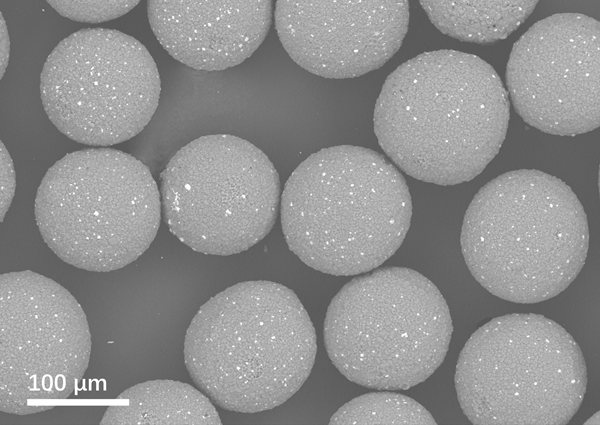



Today, with the continuous increase in the power density of electronic devices, heat dissipation has become one of the key bottlenecks restricting technological development. Traditional thermal interface materials are gradually unable to meet the demands of efficient heat dissipation. Nitride ceramic fillers, especially aluminum nitride (AlN), hexagonal boron nitride (h-BN), and silicon nitride (β-Si₃N₄), are emerging as new research and application focuses due to their outstanding thermal conductivity and comprehensive physical properties.
Aluminum nitride (AlN) is regarded as an ideal material for the next generation of heat dissipation substrates and electronic device packaging due to its excellent thermal conductivity (theoretical thermal conductivity of 320 W·m⁻¹·K⁻¹), reliable electrical insulation, low dielectric constant and dielectric loss, as well as a coefficient of thermal expansion (CTE, 4.5 × 10⁻⁶ °C⁻¹) that matches that of silicon.

Hexagonal boron nitride (h-BN), with its wide bandgap (5.2 eV), high thermal conductivity (theoretical thermal conductivity of 2000 W·m⁻¹·K⁻¹), and low density (2.3 g·cm⁻³), has a hexagonal ring network structure similar to graphene and is often referred to as "white graphene." Coupled with its excellent lubricity and chemical stability, it has gradually become a major focus in the field of thermal interface materials.
Polymer composites using BN as a nano-filler can simultaneously achieve high thermal conductivity, low CTE, and high electrical resistance, meeting the urgent demands of new high-efficiency thermal management materials. Additionally, β-Si₃N₄ as a filler facilitates the formation of a particle network, enhancing thermal conductivity while maintaining good mechanical and thermodynamic stability.
Nitride ceramic fillers exhibit exceptional intrinsic thermal conductivity, making them a key research direction in the laboratory development of ultra-high thermal conductivity thermal interface materials. However, the preparation of nitrides is relatively challenging and costly, particularly for nitride fillers with high application value and specific shapes, such as spherical AlN, BN nanosheets/nanotubes, and β-Si₃N₄ whiskers. Achieving low-cost, efficient, and industrial-scale mass production remains one of the important research topics.
About Xiamen Juci Technology Co., LTD
Xiamen Juci Technology Co., Ltd. is a leading Chinese manufacturer specializing in aluminum nitride ceramic fillers. Our filler product line includes two series: aluminum nitride single crystal filler and aluminum nitride ceramic microspheres. Known for their high purity, narrow particle size distribution, and excellent thermal conductivity, these materials have established us as a trusted thermal management solutions provider for clients worldwide.
Contact:
Xiamen Juci Technology Co., Ltd.
Phone: +86 592 7080230
Email: miki_huang@chinajuci.com
Website: www.jucialnglobal.com